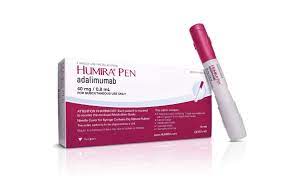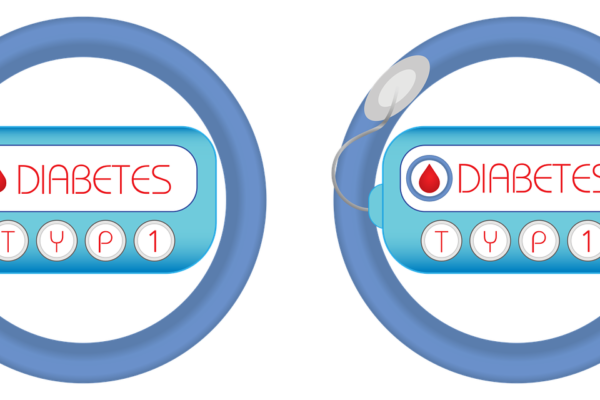Cancer refers to a disease in which abnormal and uncontrolled growth of cells is observed. Normally, cells in the body go through a regulated process of growth, division, and death. However, in cancer, this process is disrupted, leading to uncontrolled reproduction of cells; i:e formation of a tumor or abnormal cell mass.
Common Cancer Symptoms
The American Cancer Society lists some of the symptoms to look out for early cancer detection.
- excessive exhaustion or fatigue that doesn’t improve with rest,
- 10 pounds or more of unexplained weight loss,
- stomach pain,
- feeling nauseous,
- lumps or swelling across body,
- pain which stays and is unexplained,
- unexplained bleeding,
- coughing,
- fever that does not go away
Risk Factors
According to World Health Organization (WHO), Cancer cells convert from pre-cancerous lesion, to a malignant tumor as an outcome of the interplay between three kinds of environmental agents and hereditary elements in a person. These include Biological carcinogens include infections from specific viruses, bacteria, or parasites. Physical carcinogens include ultraviolet and ionizing radiation. Chemical carcinogens include asbestos, tobacco smoke, alcohol, aflatoxin (a food contaminant), and arsenic (a drinking water contaminant).
Cancer and other noncommunicable illnesses are at risk from tobacco use, alcohol usage, poor diet, physical inactivity, and air pollution.
Cancer risk factors can include some chronic infections; low- and middle-income nations are particularly affected by this. Globally, carcinogenic diseases such as Helicobacter pylori, human papillomavirus (HPV), hepatitis B, hepatitis C, and Epstein-Barr virus were linked to 13% of cancer diagnoses in 2018.
Some strains of HPV, as well as the hepatitis B and C viruses, raise the chance of developing liver and cervical cancer, respectively. HIV infection significantly raises the risk of some cancers, including Kaposi sarcoma, and increases the risk of acquiring cervical cancer by six times. Age related risk for cancer also steadily increases as we age as seniors tend to have less efficient cellular repair systems.
How Cancer Develops
Cancer is when cells behave abnormally because of errors during cell division process, damaged DNA due to external environment, genes inherited from parents etc.
Proto-oncogenes, tumor suppressor genes, and DNA repair genes are the three primary gene groups that are typically impacted by the genetic alterations that cause cancer. These modifications are referred to be cancer’s “drivers” at times. Proto oncogenes play a role in regular cell division and proliferation. However, these genes may develop into cancer-causing genes (or oncogenes), allowing cells to grow and survive when they shouldn’t by being changed in specific ways or being more active than usual.

Genes that suppress tumors are also involved in regulating cell division and proliferation. Certain tumor suppressor gene mutations can cause cells to divide uncontrollably. DNA damage must be repaired using DNA repair genes. It is common for cells with mutations in these genes to also have mutations in other genes and chromosomal abnormalities including duplications and deletions of chromosomal segments. These alterations might work together to turn the cells malignant.
Cancer can develop in any part of the body and can spread to other tissues and organs through a process called Metastasis. This is often equated to stage IV of Cancer and is quite difficult to control/treat at this juncture.
How to avoid the development of cancer
The fact of the matter is, our cells are constantly working, and sometimes, due to environmental / genetic factors, mishaps can occur, where a cell in our body starts reproducing uncontrollably, most of the time, our body’s natural immune responses are able to deal with such a cell, but sometimes, we need to provide assistance, with cellular therapies such as TIGIT therapy , or broader treatments like chemotherapy, or target treatments such as proton therapy.
Following some good lifestyle choices, can significantly reduce the risk of developing cancerous cells and keep our immune system stronger, to deal with such occurrences. Lifestyle choices like:
- Exercising frequently, at least 2-3 times a week, as 30 – 45 minute sessions, combining the sessions with cardio and resistance training, is a boon when it comes to most physical ailments. Our bodies are meant to do physically laborious tasks, and exercise is something, that, increases longevity, helps in weight loss, reduces the risk of cancer, and improves mood, and mental health. Setting gradually incremental targets for oneself, is a great motivator, and keeps one coming back with more a more improvement. If you can run 5 mins continuously great, go for to make it 6, if you can lift 10 kg on inclined chest, reach for 15 kg, but safely of course. Take advice from a trainer.
- Fasting has been hailed as a cure-all since ancient times, and though to be taken with a grain of salt, there’s some truth to that opinion. Fasting, can be quite healthy for the body, and can also kick the body’s internal cell repair mechanisms into action. Some people prefer intermittent fasting, some people prefer to fast for a day or two in the week, Agostino “Angus” Giuseppe A Barbieri fasted for 382 days, with just tea and coffee and was able to drop 125 kg, ultimately, fasting can be greatly beneficial to your overall health, if you plan to fast for longer than 48 hours, you should consult a physician for advice, especially if you suffer from or are on medication of any known ailments such as diabetes or blood pressure.
- When you smoke, your cell’s natural self repair pathways are broken and the ability to repair common cellular mishaps like T-T dimers in your DNA are hampered, thereby making your body more prone to developing cancerous cells. Smoking is detrimental to health is no news, but quitting smoking can be like, giving a new life to yourself. You will be breathing better, you will not be getting tired all the time, you will be eating better, your headspace will be clearer, those around you like your children and your family / friends / co-workers will be glad for your and everyone’s health, and ultimately it is just better to not have an addiction controlling you and your behaviors. The first step is knowing why is it important to quit, the rest follows after setting and following 2 rules for oneself, to not smoke at home, and avoiding going to places where one smokes.
- Going to a doctor for general consult or regular checkups can keep you ahead of the curve, and






Leave a Reply